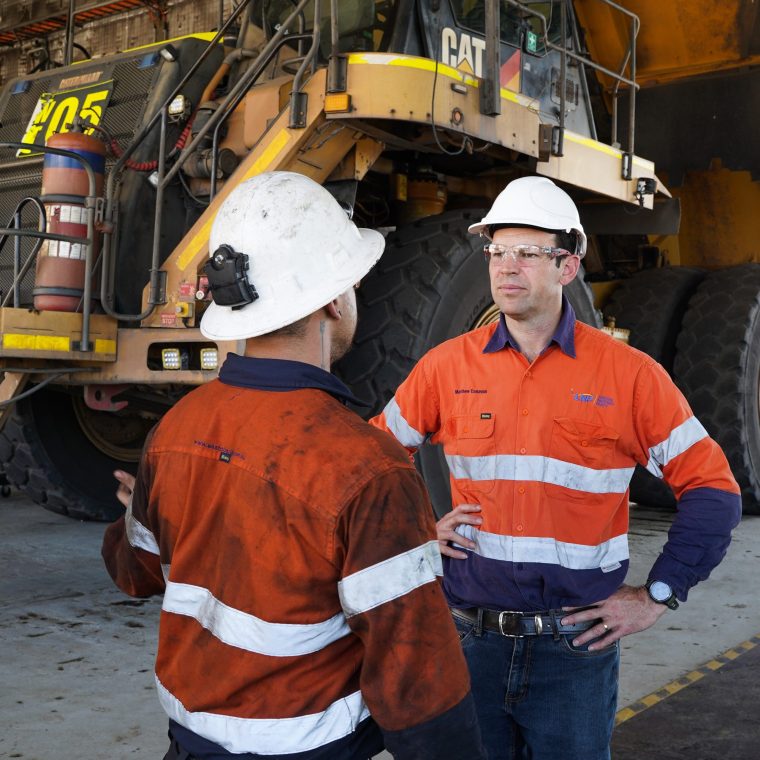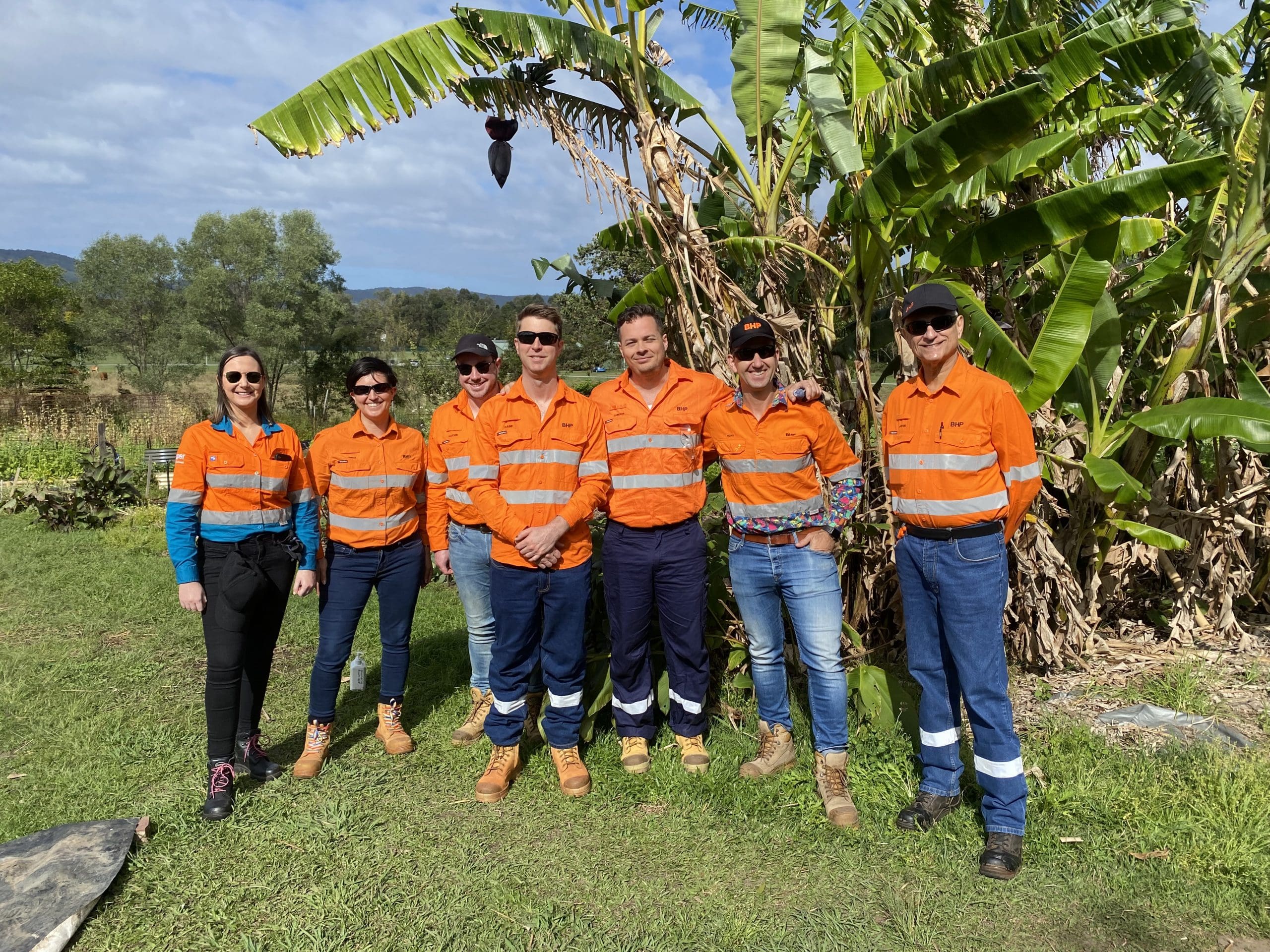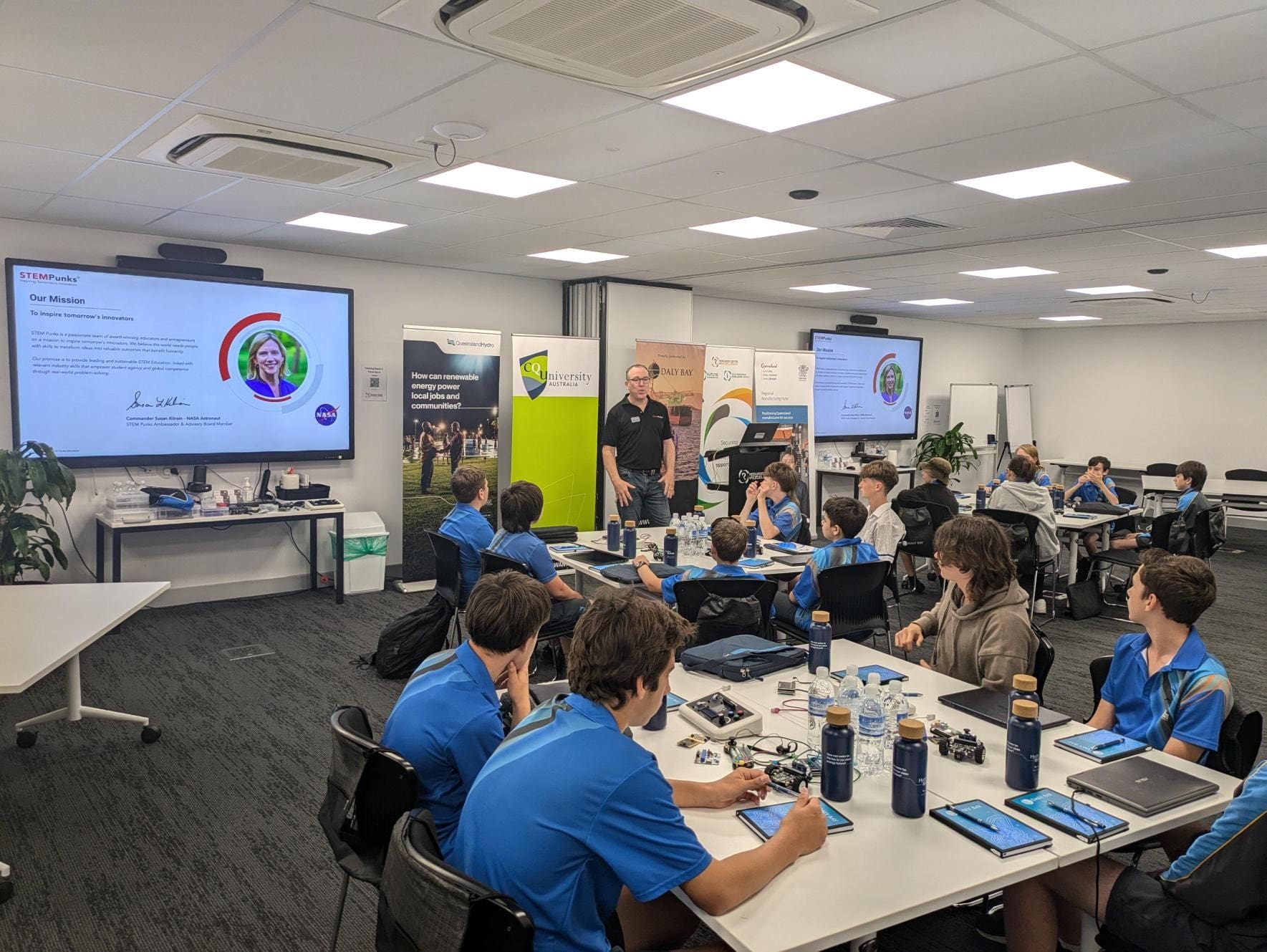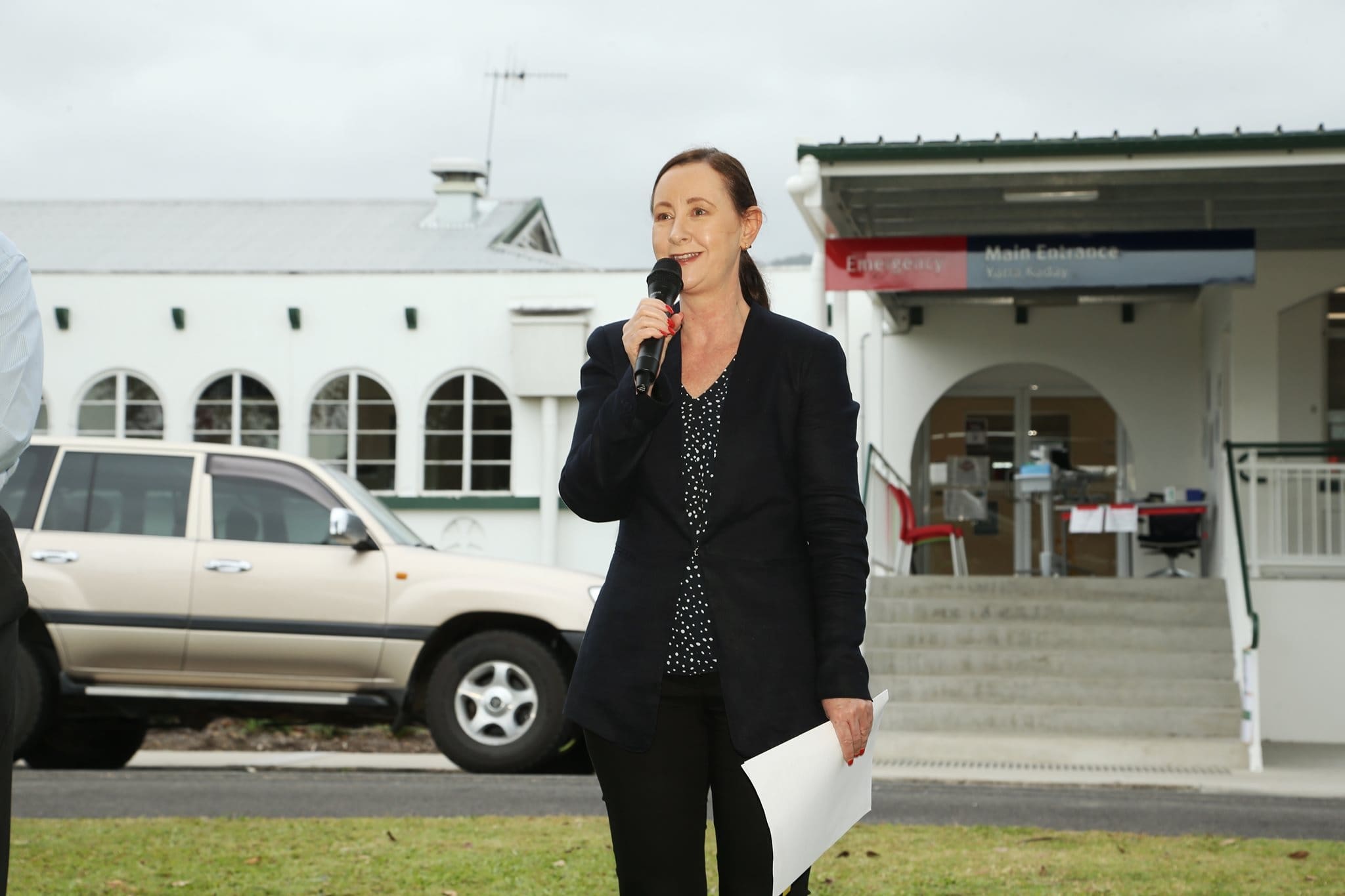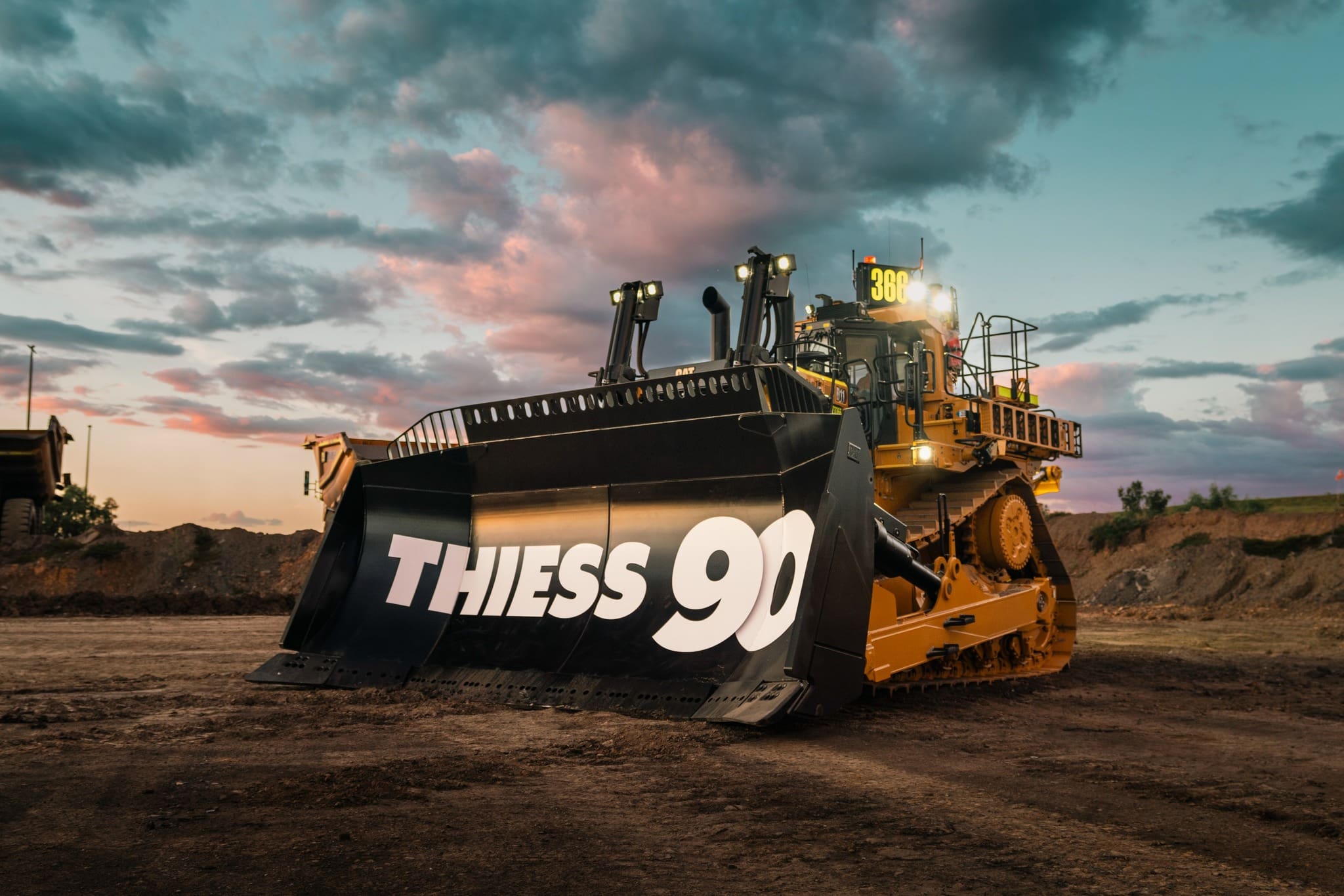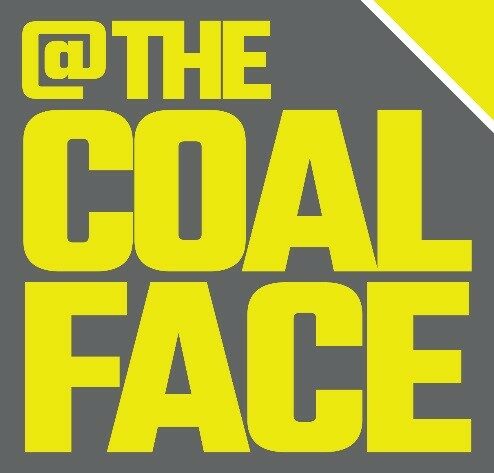We are starting to realise why nothing green ever comes cheap. We are constantly promised that “renewable energy is the cheapest form of power”, but there is no real-world evidence that this is true.
Australia introduced the Renewable Energy Act in 2000. Ever since, our electricity prices have skyrocketed, more than tripling over this period. In fact, there is not a single country in the world where more investment in solar and wind has led to lower power prices.
Given that countries have been installing solar and wind for more than 20 years now, we can confidently conclude that the renewable energy experiment has failed.
We had another demonstration of this failure with the release of the Australian Energy Market Operator’s (AEMO) latest warning on the fragility of our electricity grid. We had already been warned by AEMO that Australia faces a high prospect of blackouts over the next few years. This latest warning just elevated the risks of it happening given delays in installing replacements for our retiring coal-fired power stations.
While we already knew this, AEMO’s latest report included some useful information on the costs of filling the gaps in our system. AEMO presented 9 options to fill the gap in NSW (which is the state with the most immediate needs). NSW needs just over 1 gigawatt of reliable power in the next few years. That’s about the output of a coal-fired power station.
If we use the costs of the CSIRO, which are massively biased in favour of renewable energy, we can see green energy really is a scam. To build the 1 gigawatt required from a combination of solar, wind and batteries, it would cost between $4 and $8.5 billion. A gas peaking plant of that size would be just $1.2 billion. Going green is why everything is costing so much.
And, all of these options, including the gas peaking plant, only provide power for short periods of the day to fill gaps. They are effectively expensive insurance policies.
If we built a coal-fired power station it would cost just $6.5 billion, and this is according to the CSIRO’s biased numbers. It would more likely cost about $3.5 billion according to figures from the International Energy Agency.
Either way, we would then get a power station that could provide electricity 24 hours a day and would be cheaper or about the same cost as the solar, wind and battery options.
It is a no-brainer, but unfortunately brain matter seems something that is in short supply among our energy regulators. As someone remarked to me the other day, it is no longer called the CSIRO, they’re now known as the BS-IRO.
Hon Matt Canavan
Senator for QLD

